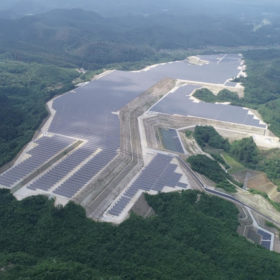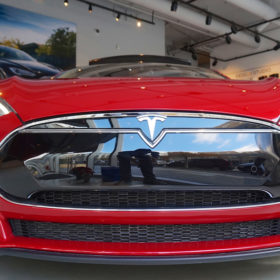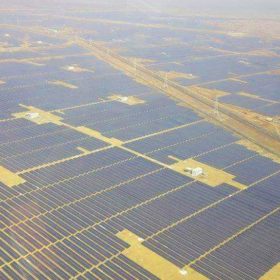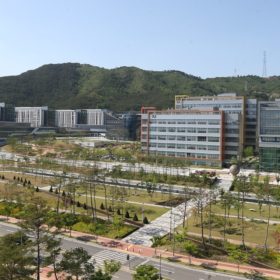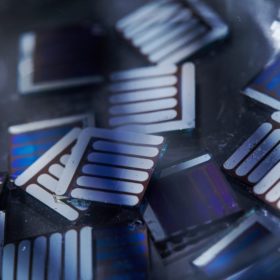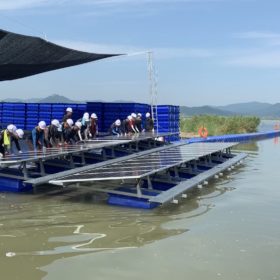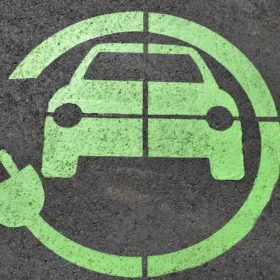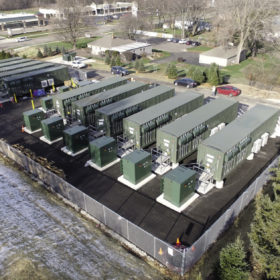Solar sales recover for electronics brands LG, Kyocera and Panasonic
Korean conglomerate LG reports increasing demand for its high-efficiency PV products in key markets while Kyocera said its solar business is improving profitability. Panasonic posted a slight increase in sales for its PV segment, including solar manufacturing.
Tesla gigafactory orders see LG Chem supplant BYD as third biggest global battery supplier
The Chinese e-mobility company has been hammered since Beijing’s abrupt reduction of electric vehicle subsidies in the summer. Korean outfit LG Chem’s shipment volumes have gone in the opposite direction.
AC Energy, UPC Solar set up new Asia-Pacific joint venture
Philippines-based AC Energy will work with UPC Solar Asia Pacific – the solar energy unit of Hong Kong-headquartered UPC Renewables – to build more than 1 GW of solar in the coming years, with an initial focus on Asian markets such as India, South Korea and Taiwan.
New efficiency record for flexible CZTS
Scientists at South Korea’s Daegu Gyeongbuk Institute of Science and Technology have set a new efficiency record of 11.4% for a cell based on a copper zinc tin sulfide thin film applied to a flexible substrate.
Korea’s South Jeolla province is becoming a solar hub
According to Korean government, around 18,000 unlicensed projects up to 1 MW in size are being developed in the area. Restrictions on such projects, which are driving this year’s strong solar growth in the country, are being introduced to reduce their environmental impact.
Silicon and perovskites should stick together, say Korean scientists
Researchers from the Ulsan Institute of Science and Technology have demonstrated a new method of fabricating perovskite-on-silicon tandem devices, using a transparent conductive adhesive to combine the two cells. The scientists have developed devices with demonstrated efficiencies of 19.4%, and propose strategies to bring that above 24% using existing technology.
Construction begins on 25 MW floating array in Korea
South Korea’s largest PV project is scheduled for commissioning by next year. The project developer – Korean floating PV specialist Scotra – is also planning a 2.5 MW offshore solar project with the support of the government.
Asian battery manufacturers eye European riches on offer
A report produced by an AI and automation market research company says an anticipated boom in the European storage market – driven by a desire to reduce carbon emissions – will attract producers as demand outside China tails away.
South Korea has added 1.64 GW of solar so far this year
This new development has brought the country’s cumulative installed solar capacity to more than 9.5 GW. Around 91.5% of the newly installed capacity is represented by PV systems below 1 MW in size.
Utility scale, rather than behind-the-meter batteries will drive energy storage take-up – Bloomberg u-turn
The analyst has published its latest Energy Storage Outlook report and says large scale deployment will provide the majority of the 1,095 GW/2,850 GWh of battery storage worldwide in 2040, with prices driven down further by grid services demand and EVs.
